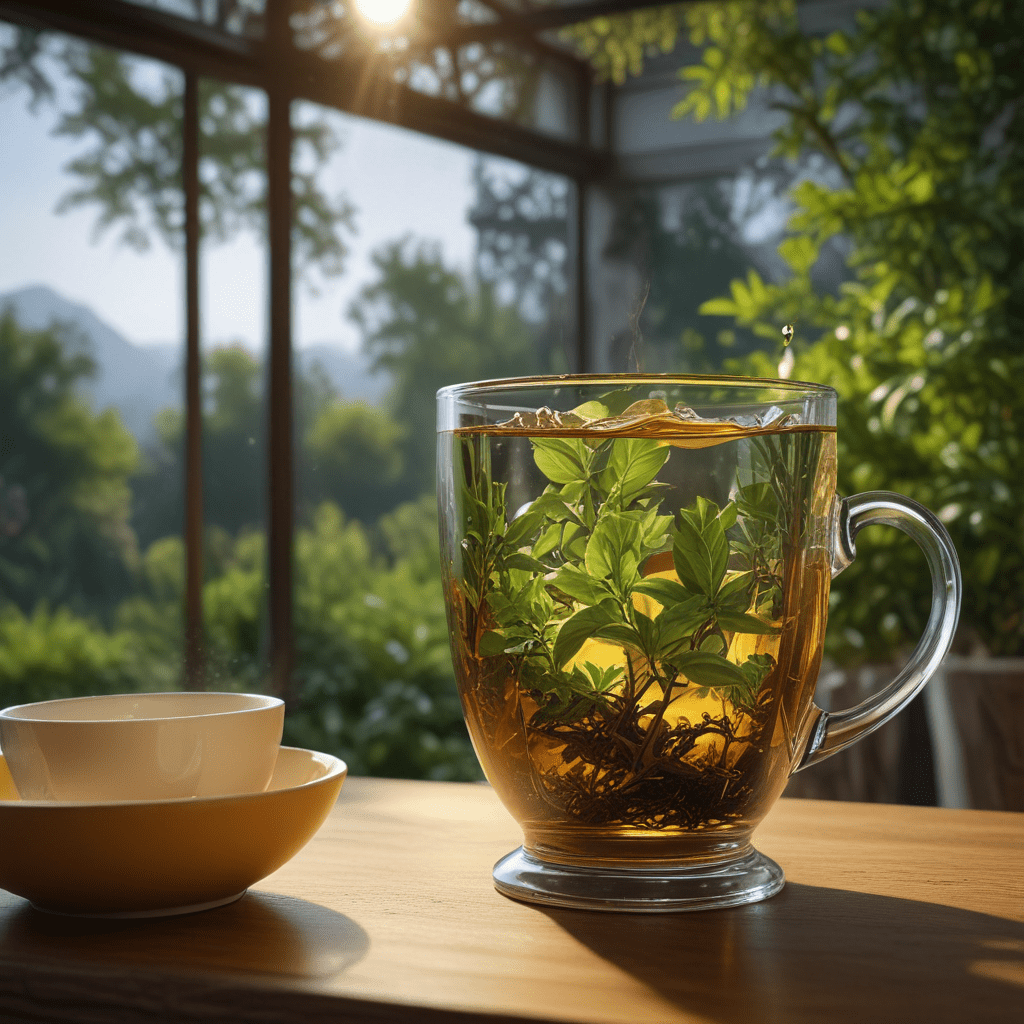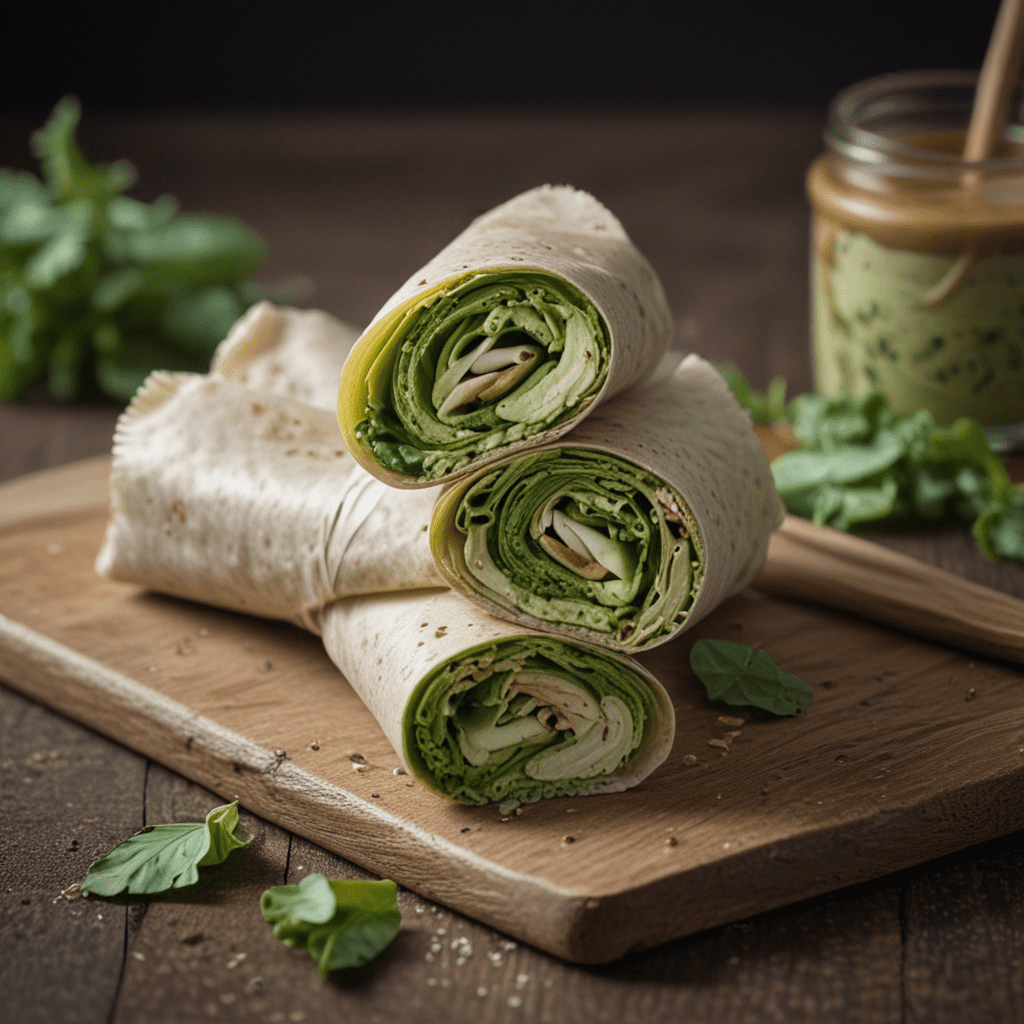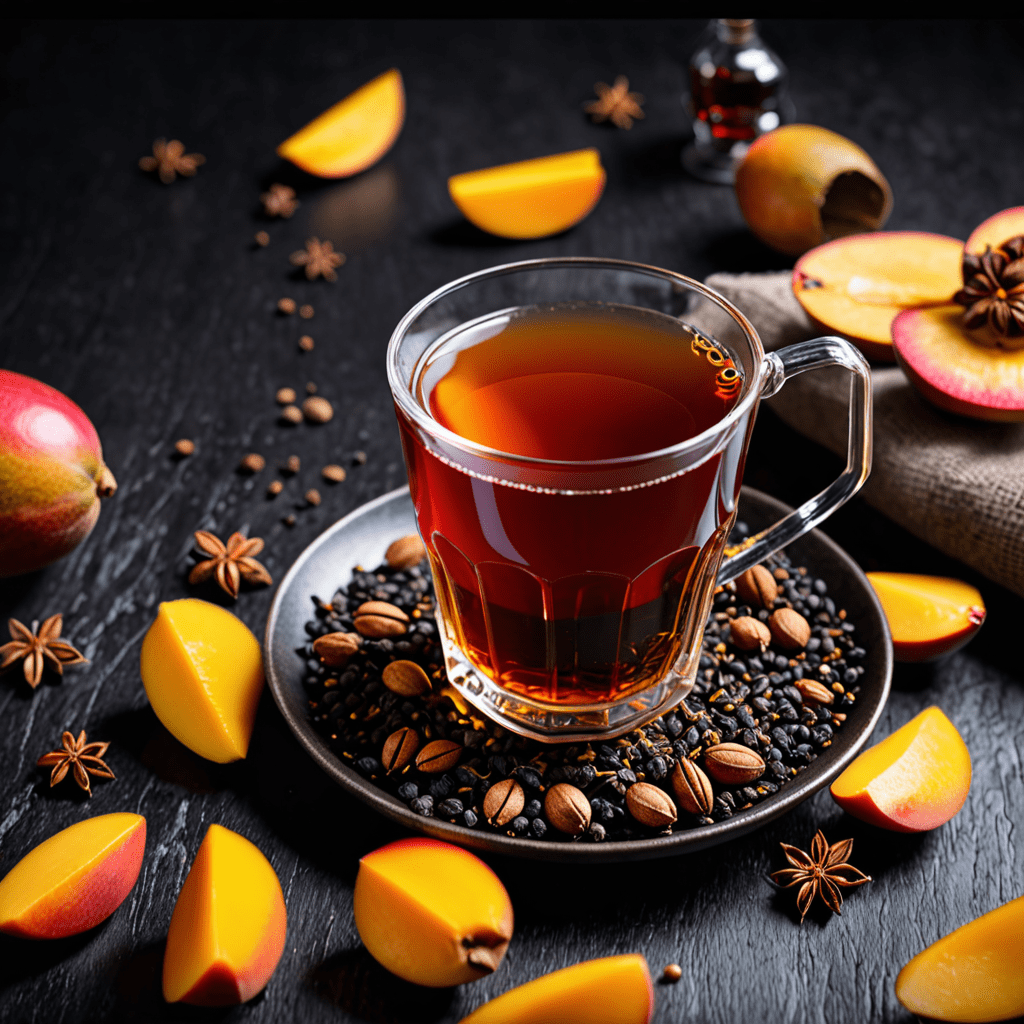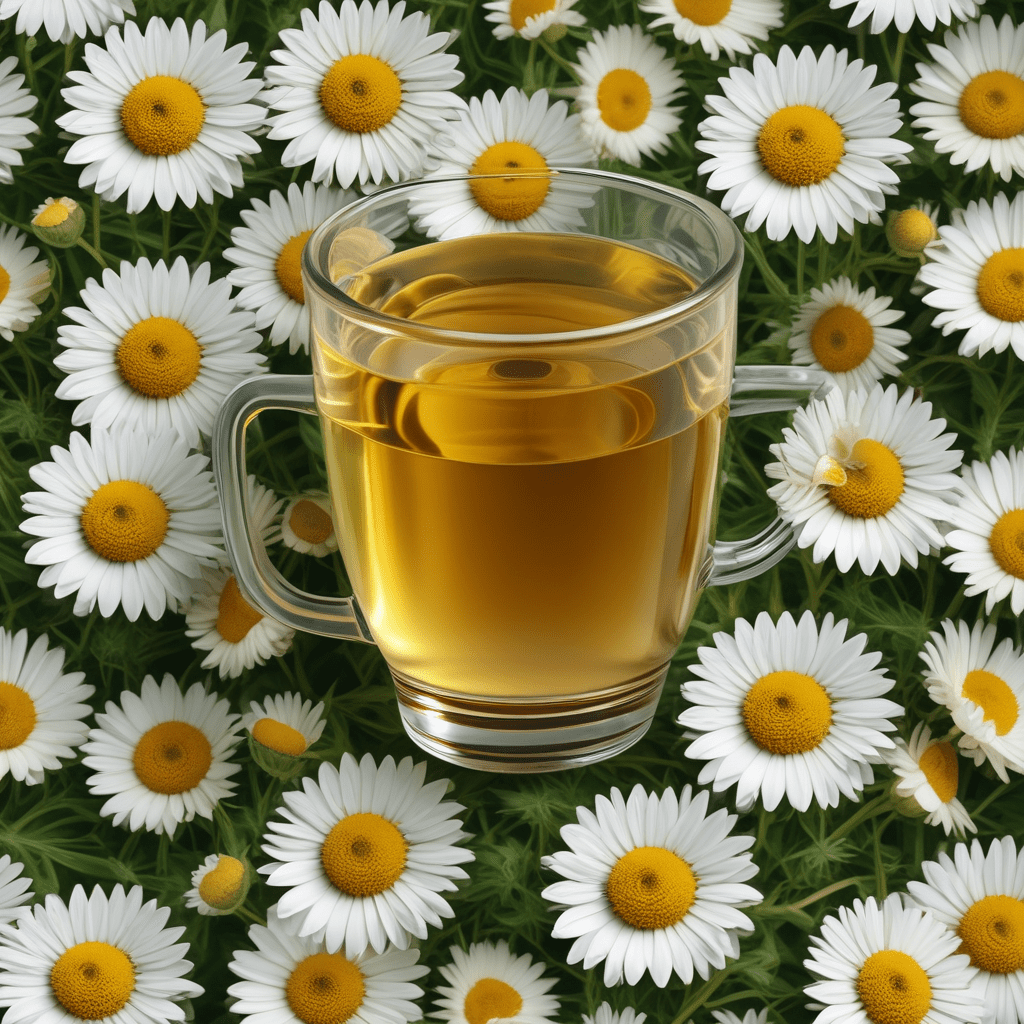The Connection Between Tea and Gardens in British Culture
Introduction
Afternoon tea, a beloved British tradition, holds a profound significance in the nation's cultural identity. This quintessentially British ritual, characterized by its delicate finger sandwiches, delectable pastries, and of course, steaming cups of tea, has long been associated with gardens, creating a harmonious interplay between nature and social refinement.
The historical connection between tea and gardens in Britain dates back to the 17th and 18th centuries, when tea gardens first emerged as social spaces for enjoying tea and leisure activities. These early gardens, often located near rivers or on the outskirts of towns, provided a tranquil setting for people to gather, socialize, and indulge in the newly fashionable beverage.
The Influence of Landscape Design
The 18th century witnessed the rise of renowned landscape designers like Capability Brown, who played a pivotal role in incorporating tea gardens into grand estates. Brown's vision for picturesque landscapes emphasized natural beauty and seamless transitions between the house and its surrounding environment. He envisioned tea gardens as integral elements of this harmonious design, creating spaces for leisurely tea breaks amidst the picturesque vistas.
These tea gardens often featured蜿蜒的小溪, cascading waterfalls, and carefully placed follies, further enhancing the aesthetics of the landscape. The picturesque principles of asymmetry, irregularity, and the use of contrasting elements contributed to the overall sense of tranquility and beauty that characterized these tea gardens.
Tea and the Rise of Pleasure Gardens
The 18th and 19th centuries saw the emergence of pleasure gardens, public spaces for entertainment and recreation that often incorporated tea gardens. These vibrant spaces became popular destinations for people from all walks of life, offering a variety of amusements, including musical performances, fireworks displays, and promenades.
Tea gardens played a central role in the social life of pleasure gardens, providing a place for socializing and enjoying afternoon tea in a lively and festive atmosphere. These gardens became a focal point for community gatherings, fostering a sense of belonging and social interaction amidst the excitement of the pleasure garden.
The Victorian Era and Afternoon Tea
During the Victorian era, afternoon tea evolved into a highly formalized social ritual, solidifying its place as a cornerstone of British culture. This refined tradition involved a meticulously set table, complete with fine china, silver cutlery, and a tiered cake stand laden with delicate sandwiches, scones, and pastries.
Etiquette played a significant role in afternoon tea, dictating the proper way to handle the teacups, pour the tea, and comport oneself at the table. This emphasis on formality and elegance further enhanced the status of afternoon tea as a symbol of sophistication and refinement.
Tea and the Domestic Garden
The Victorian and Edwardian eras witnessed a surge in the popularity of personal gardens, which often served as an extension of the home and a place for leisure and relaxation. These gardens provided a tranquil setting for enjoying afternoon tea amidst the beauty of nature.
Many Victorians and Edwardians cultivated their own herbs and flowers to enhance their tea-drinking experience. Fresh mint, lemon verbena, and rose petals were often added to teapots, infusing the tea with delicate aromas and flavors. The garden thus became a source of both pleasure and practicality, providing ingredients to elevate the enjoyment of tea.



